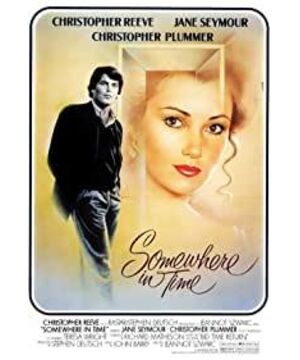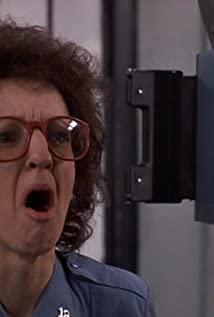This transition is awesome:
The black curtain "falls down" and brings in the heroine; (the heroine enters the stage) - very cleverly and quietly paving the way for the "real" entry of the heroine, giving the audience psychological assumptions
Remind the position of the heroine again, and continue to pave the way for the heroine to enter;
The action of the male protagonist turning his head further brings out the female protagonist;
The camera zooms in, and the male and female protagonists "on the window" are in the same picture;
The male protagonist moves towards the female protagonist; (the physical and psychological distances between the male protagonist and the female protagonist are drawn) - the audience can already accept the female protagonist's admission;
Freehand brushwork turned into realism, the male protagonist walked towards the female protagonist, and the two met.
The audience's feelings after watching it: Wow, what a beautiful and romantic encounter.
View more about Somewhere in Time reviews











